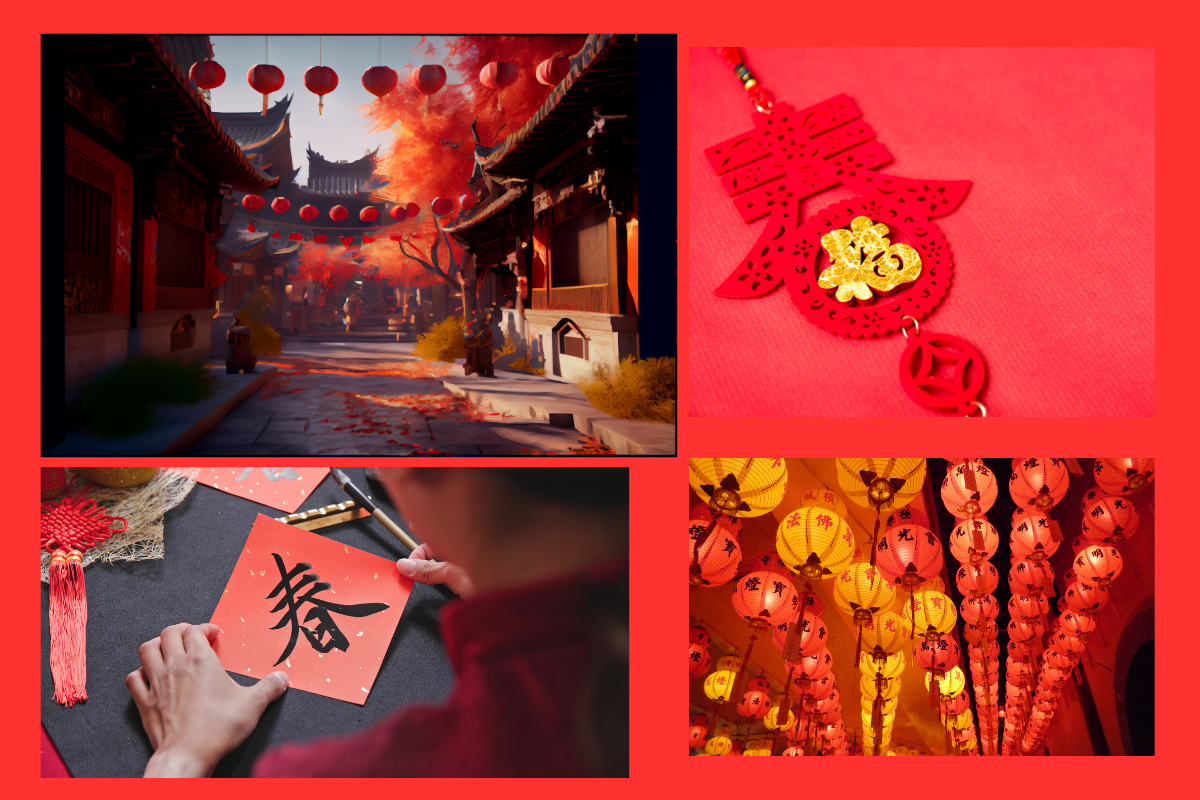The color of China: Classic Red
China is a country full of cultural richness, and classic red plays a special and unique role in this nation. As a traditional auspicious color, classic red is beloved for its warm celebratory atmosphere and profound cultural significance.

Classic Red (Jīngdiǎn Hóng): A Symbol of Chinese Culture
The Chinese fondness for the color red is not coincidental; it is one of the symbols in Chinese culture. Red symbolizes warmth, festivity, and good fortune, often used to express yearning for a beautiful life. In Pinyin, "Hóng" in classic red signifies fiery passion, much like the Chinese people's love for life.
Why Do Chinese People Love Red?
Chinese people have a deep-rooted love for red due to its profound cultural and historical significance. The affection for the color red can be attributed to several key reasons:
Auspicious Symbolism: Red is considered an auspicious color in Chinese culture, symbolizing good luck, happiness, and prosperity. The vibrant and warm nature of red is associated with positive energy and favorable outcomes. As a result, it is commonly used to express well-wishes and bring blessings.
Warding Off Evil Spirits: Red is believed to have the power to ward off evil spirits and negative forces. In traditional Chinese folklore, it is thought to protect against misfortune and ensure a harmonious and joyful life. Many rituals and celebrations incorporate red elements to create a protective and auspicious atmosphere.
Cultural Traditions: The preference for red is deeply embedded in Chinese cultural traditions. It has been a part of various rituals, ceremonies, and festivities for centuries. From weddings to New Year celebrations, the color red is omnipresent, signifying joyous occasions and positive beginnings.

The Symbolism of Red
Classic red holds rich symbolism in Chinese culture. Firstly, it symbolizes prosperity and good luck. During the Spring Festival, red lanterns, window decorations, and couplets adorn every household, signifying a new year filled with festive joy. Secondly, red represents loyalty and unity, often used to symbolize love in traditional weddings.
Red's Significance in Festivals and Places
Spring Festival (Chūn Jié): The Spring Festival is China's grandest traditional celebration, where red is the predominant color. From red lanterns to red couplets, red is omnipresent, bringing happiness and prosperity to the new year.
The Forbidden City (Gù Gōng): As one of China's most famous palaces, the Forbidden City is renowned for its red walls and yellow tiles. The red palace walls not only serve as a unique architectural signature but also convey the royal dignity and solemnity.
Key Sentences:
- How do you feel about this gift?
你觉得这个礼物怎么样?
Nǐ juédé zhège lǐwù zěnme yàng? - Wow, the red packaging is classic red; it will definitely give a surprising feeling.
哇,这个红色的包装真是经典红,一定会给人惊喜的感觉。
Wā, zhège hóngsè de bāozhuāng zhēnshi jīngdiǎn hóng, yīdìng huì gěi rén jīngxiǎng de gǎnjué. - Our family wants to decorate a bit for the New Year. What about using classic red lanterns?
我们家要为新年装点一下,用经典红的灯笼怎么样?
Wǒmen jiā yào wèi xīnnián zhuāngdiǎn yīxià, yòng jīngdiǎn hóng de dēnglóng zěnme yàng? - Good idea! Red symbolizes good luck and will surely add a festive atmosphere to the home.
好主意!红色代表好运,肯定会给家里增添喜庆氛围。
Hǎo zhǔyì! Hóngsè dàibiǎo hǎoyùn, dìng huì gěi jiā lǐ zēngtiān xǐqìng fēnwéi.